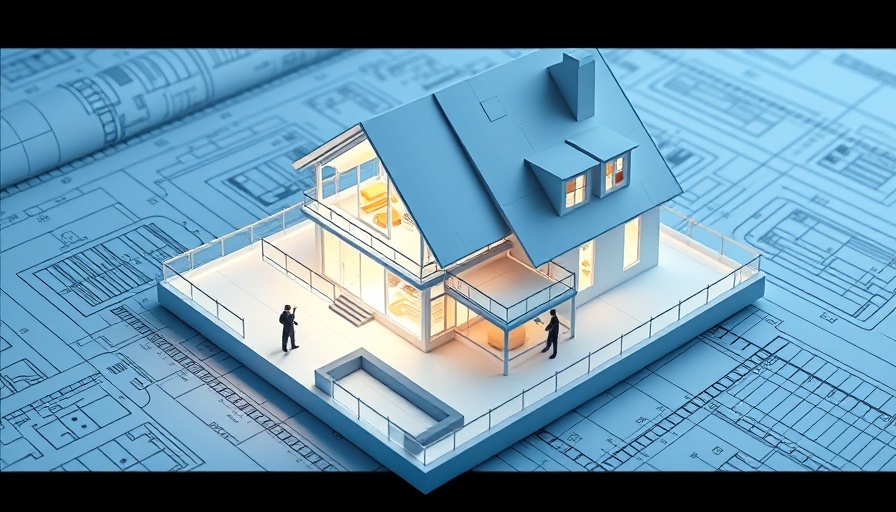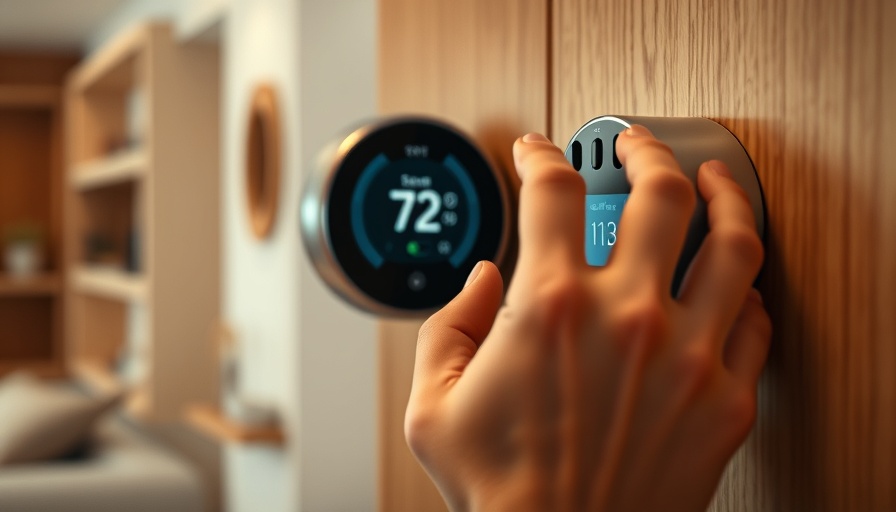
Why Consider a Home Addition?
For many homeowners in southeast Michigan, the sensation of a cramped living space often becomes more pronounced over time. Whether it’s a growing family needing extra bedrooms, the desire for a designated home office, or simply the wish for a more comfortable space to unwind, home additions can expertly meet these needs. Instead of uprooting your life by moving, expanding your existing home can be a rewarding endeavor, tailoring the space to your specific lifestyle while also enhancing property value.
Your Blueprint for Success: Assessing Needs
The first step in embarking on a home addition project is assessing your specific needs. What is driving the need for more space? Creating a designated workspace, accommodating family growth, or fostering a more spacious environment for entertaining? Pinpointing the purpose of your addition ensures that your design choices align closely with your lifestyle requirements.
Exploring Types of Home Additions
Home additions can take many forms, each providing unique benefits and catering to different needs. Here’s a close look at some popular options:
- Room Additions: Adding an entirely new room can significantly enhance both livable space and property value. Imagine creating a cozy guest room for visiting friends or a spacious family room for movie nights.
- Bump-Outs: If you're not quite ready to commit to a full addition, a bump-out can extend an existing room, providing just a bit more elbow room without altering the entire footprint of your home.
- Two-Story Additions: For the ambitious homeowner, a two-story addition might be the solution. This option allows for multiple new rooms while preserving precious yard space, making it a popular choice for expanding families.
- Sunrooms & Conservatories: For those looking to invite nature indoors, sunrooms and conservatories bring in sunlight and offer additional living areas perfect for relaxation or dining.
- Garage Conversions: If you have a garage that is collecting dust rather than being used, consider converting it into an enjoyable living area such as a gym or guest suite. It’s a smart way to maximize existing space.
Planning Your Home Addition: Things to Consider
With your needs defined and a clear direction for your addition, the next step is careful planning and budgeting. Here are some key considerations:
- Set a Realistic Budget: Understand your financial limits by estimating construction costs, required permits, design fees, and the quality of finishes you desire. Always include a contingency for unexpected costs, as these projects often incur surprises.
- Research Contractors: Choosing the right home addition contractor can make a substantial difference in the quality of your project. Look for professionals with solid reputations, experience in the type of addition you are pursuing, and glowing customer reviews.
- Local Permitting: In southeast Michigan, be sure to check local regulations which govern construction permits and zoning. It’s essential to ensure that your plans comply with local building codes.
The Home Improvement and Renovation Landscape
Staying abreast of trends in home improvement and renovation is key to ensuring your project adds real value not just in terms of ease of living, but also in future resale value. For instance, the contemporary trend leans heavily toward energy-efficient additions that also promote sustainable living. Homeowners are increasingly looking for ways to ensure that their renovations align with a greener lifestyle.
Embracing the Change: Emotional Considerations
While upgrading your home can be thrilling, it can also invoke a mix of emotions. Anticipation about a new space mingles with apprehension about the investment and disruption that construction may bring. Remember, these feelings are normal—and discussing them with your contractor can provide reassurance and clarity.
Actionable Insights to Get Started
To take action, consider jotting down your top priorities for a home addition along with potential contractor referrals. By being proactive and engaging early on, you’ll ensure that your project not only meets your immediate needs but also serves your long-term vision.
Call to Action
Ready to embark on your home addition adventure? Reach out today to learn how we can help guide you through the planning process from conceptualization to execution!
 Add Row
Add Row  Add
Add 




Write A Comment